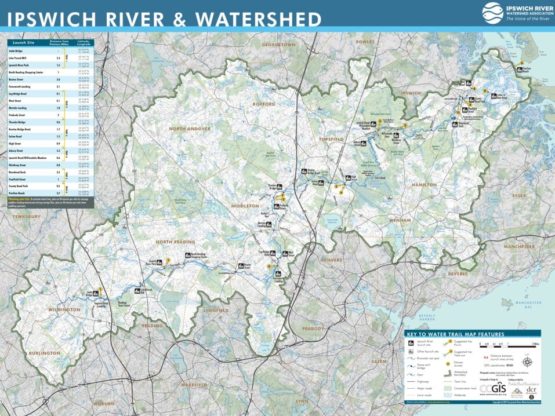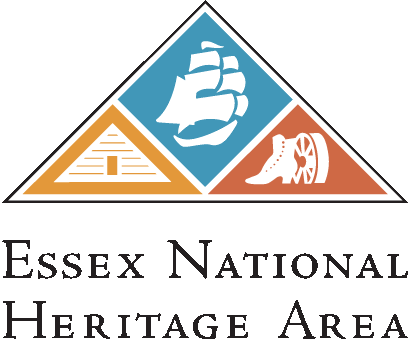Thank you for exploring and learning about the Ipswich River watershed!
What's a watershed? An area of land that drains to a specific body of water. Because water follows gravity, it moves from high points (like hills) to low points. The low points are where water collects, as in our streams, rivers, lakes and oceans.
21 cities and towns are part of the Ipswich River watershed (see map). Many lakes and ponds are within the watershed and share the river's aquifer, including:
- Hood Pond in Topsfield
- Martin's Pond in North Reading
- Stearns Pond in North Andover
- Crystal Pond in Peabody
- Putnamville Reservoir in Danvers
- Wenham Lake and many more!
(remember those last two, they'll come up again!)
The Ipswich River watershed is home to roughly 160,000 people and 40% of the land is conserved as open space, providing habitat for a wealth of wildlife.
BUT WAIT!
Although communities within the watershed like Reading and North Reading have opted to switch to alternate sources for their municipal water, more than 350,000 people and businesses rely on the Ipswich River for their water. Here's the math. Communities that are entirely outside the watershed, like Salem and Beverly, draw their water from Wenham Lake and Putnamville reservoir. This means there are a lot of us relying on the Ipswich. And that's a lot of pressure for a 45 mile river!
DID YOU KNOW?
The Ipswich River is one of America’s
Most Endangered Rivers® of 2021.
What does that mean? The 350,000 Ipswich River water users need to conserve, together. The trend of increased record temperatures, heat waves, and drought have already placed strain on waterways. The rapid development over the last 20 years has made the watershed less able to cope with these conditions. Over 50,000 acres of forest have been lost, with much of that area replaced with hard surfaces like asphalt or cement. But you can help.

Start saving the #EndangeredIpswich today!
Join fellow watershed community members in making the Lawn by Lawn pledge. With your help, we'll reach our goal to collectively save 3,500,000 gallons of water per week by Spring 2022.
The Local Treasures at Risk poster series was funded in part by the Essex National Heritage Commission. Learn more about other efforts to support Essex County's natural and cultural treasures at essexheritage.org

